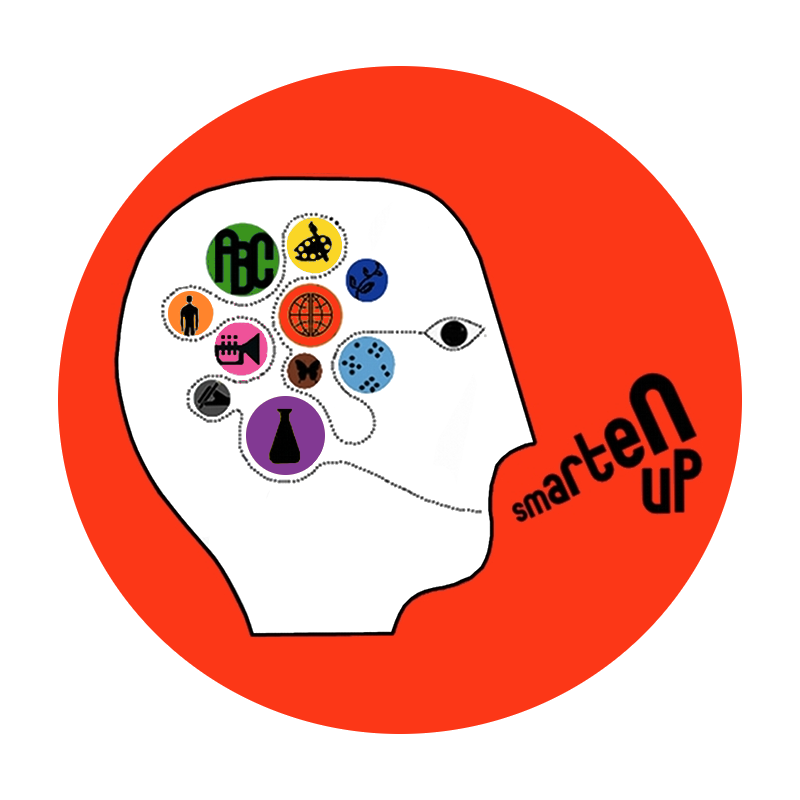Teachers make daily choices about how to structure their students’ learning — and students themselves often have a significant amount of individual control over which tools and strategies they will use to break down readings, study for exams, or approach an essay. But research collected by Edutopia suggests that a majority of students opt for strategies that yield only superficial results, when more effective and easy to implement alternatives could significantly improve their understanding (Miyahatsu et al., 2018). Today we’ll consider why that is—and in our next post, we’ll go over a few research-backed study strategies that students can use instead.
Unless teachers require students to study in a specific way, they will generally fall back on rereading sections of the textbook or looking over lecture slides, reviewing flashcards with copy-and-pasted definitions or scanning old notes, according to one study from 2018. And certainly these options are better than not studying at all! But the truth is that while these strategies might require less effort and brainpower than a more active approach, they are significant less effective. A 2021 study from learning scientists Alyssa Lawson and Richard Mayer, for instance, found that students who read a prepared summary of lecture slides rather than just looking over the original slides scored 34% higher, while students who prepared a summary themselves scored a full 86% higher.
Given the dramatic difference, why don’t all students summarize?
Procrastination: Students who leave studying for the last minute tend to seek out the quickest method, prioritizing short-term memorization over real comprehension.
Lack of true understanding: In order to create a summary, students must digest and rephrase the elements of the original material they’re trying to master—that’s why it’s so effective as a study tool. But if a student doesn’t really understand the material, and doesn’t have the skills (or time—see procrastination) to get to understanding, then the best he or she can hope for is memorization of the original. The trouble is that memorizing a formula or definiton might feel like understanding, but when a question appears on the test that asks students to use that formula or consider the implications of that definition in combination with other elements, memorization falls short—and even students who could perfectly recite their notes the night before are caught out.
Lack of metacognitive awareness: Students often don’t know that their methods are ineffective, or that a better way exists! Not everyone spends their free time reading learning science articles, after all—and popular representations of studying in films and television look more like cramming behind stacks of books than writing out new summaries. Students can spend hours flipping through slides or skimming back over a textbook and feel like they’re working hard, but miss out on true comprehension. We want them to think a little more about how they learn best, so they can choose the methods that work best for them—that’s metacognition.
So to intervene in this pattern we should incentivize (or require) studying further ahead of an exam, give students the tools to reach true understanding, and offer a research-backed picture of just how these tools differ from the ones they’re using now. To that end, we will dig more into alternative strategies and what makes them effective in our next post.

